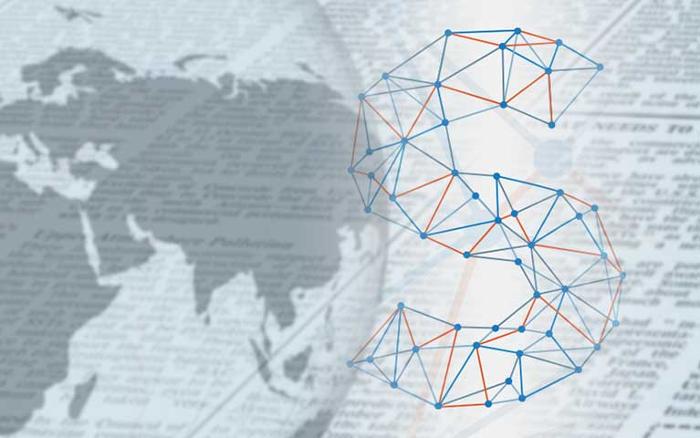

The latest safety trends in companies
Spanish companies are facing new challenges related to physical safety, occupational hazard prevention and fire protection which require the updating of current measures. AES, AMAT and TECNIFUEGO explain the latest trends and new developments in each segment.
Manuel Sánchez Gómez-Merelo, International Public and Private Safety Consultant and member of the Governing Body of AES (the Spanish Association of Security Companies), defends comprehensive security. “With the recent increases in threats and their complexity, the lack of integration and unification is no longer simply a disadvantage, it has become a serious problem, as it increases the risks and exposes vulnerabilities which prevent coordinated, comprehensive responses to the contingencies deriving from the materialisation of those risks and threats”. In his opinion, “the best response to the challenge of those complex threats is the concept of comprehensive security and greater added value in their objectives”.
What this expert means by ‘comprehensive security’ is “ the establishment of a single security strategy to protect people, properties and information, which is implemented in a coordinated, comprehensive manner by professionals specialising in the different disciplines or securities with common objectives”.
For his part, Mauricio Ocaña Fernández, AMAT’s Chief Occupational Hazard Prevention Officer, explains that “in recent years, health and safety in the workplace have reached an inflection point in the protection of workers, requiring adaptation to a completely different environment in which the new technologies and health and safety in the workplace have become paramount in the prevention of occupational hazards”.
In his opinion, the Covid-19 pandemic has “boosted the remote provision of services, wherever possible, by means of teleworking, therefore making it necessary to advise workers so that, in their own homes, they can adopt the necessary preventive measures to ensure adequate health and safety conditions”.
With regard to fire safety in companies, Adrián Gómez, president of TECNIFUEGO, indicates that “the most important challenges and trends we face are the digitalisation of companies and processes; the implementation of sustainable methods, in both manufacturing, installation and maintenance, and the need to address new risks (lithium batteries in electric cars, the virulence of forest fires due to climate change, etc.).
Responsibility with regard to occupational hazards
In the sphere of occupational hazard prevention, the AMAT officer warns that we must not lose sight of the importance of clearly defining the scope of the company’s responsibilities, “thereby, by means of an agreement between the worker and the employer, clearly establishing the time and place of the remote work”. So, “an agreement and definition must be reached, within the home or other place agreed by the worker, with an evaluation if necessary, either by the Occupational Hazard Prevention Service, subject to authorisation from the worker, or by self-assessment by the worker him- or herself, always supervised by the Prevention Service”.
This expert also highlights the importance - which has only increased in recent years - of maintaining a workplace in adequate health and safety conditions: “I would advise companies, depending on their specific circumstances and those of their surroundings, to consider the possibility of implementing contingency plans in response to potential health situations, which would make it possible to preserve the occupational health and safety of all workers”.
Fire protection specialisation
With regard to fire prevention and protection, the President of TECNIFUEGO advises specialisation as the way to respond to the new challenges and trends. “Professionals must be specialised and must maintain their level of knowledge at all times with regard to the new developments that are being integrated”. And, secondly, by implementing technology in the processes and teams, so that “they can help us to implement digitalisation and sustainability”.
Thus, he explains that the digitalisation of the signals of the majority of fire protection systems installed in companies opens up great possibilities and advantages, especially in their maintenance and external communication services. The benefits of digitalisation, he explains, include “the increase in reliability, speed and effectiveness of maintenance, the reduction of operating costs, the improvement of the quality of the service, and the increase in energy efficiency”.
He also believes that “sustainability and circularity must be placed at the very heart of the processes (management, manufacturing, installation and maintenance), as vital values which cut across all the actions undertaken”.
Comprehensive security
Finally, Manuel Sánchez (consultant and member of the Governing Body of AES) notes that “understanding security in a comprehensive, integrated context enables us to establish a new paradigm of comprehensive security and safety, as a systemic and systematic discipline which does not skimp on analyses and reviews to identify possible dangers in any domain or discipline, to progress towards inter-disciplinary strategies which permit better understanding of the risks and threats in organisations”.





